Contents

A few years ago, a leading NHS trauma surgeon I was working with transformed treatment in her emergency department. She did it, not with a scalpel or the latest medical device, but with a lowly Word document.
She’d needed approval for a new way to prioritise the most urgent cases. Her idea would free up medical staff to treat patients who might otherwise fall through the cracks.
And a written proposal to the board was her only route to getting her system adopted.
I’m happy to say that her document succeeded, almost certainly saving lives in the process.
The power
A paper to the board can be incredibly powerful even if you’re not trying to influence life-and-death decisions.
It can transcend corporate hierarchies, taking your message to senior colleagues whom you’d rarely (if ever) get to speak to in person.
It can empower you to bring about significant, even major change in your organisation. And it can enhance your career by raising your profile with key decision makers.
But for any of that to happen, there’s something else that needs to happen first.
The board need to read what you’ve written.
The problem
Too many of the best ideas and far too much important information get trapped in documents that nobody reads. So your initial goals should be first to get them reading, then to keep them reading.
If you’ve been asked to write a board paper, it’s only natural to assume that the board will actually read it. Yet many of the documents submitted to senior leadership teams are only skimmed at best.
The problem is that your paper will be one of many others, in a ‘board pack’ – a sheaf of documents that directors are sent 7-10 days before the board meeting.
Usually, the board pack is big enough to make quite a virtual thump when it lands in their email inbox. A director we once worked with told us they were currently working their way through one that consisted of 1,640 pages. That little lot was just for one board meeting.

Discover the secret of successful board reports
It’s not unusual for board members to be overwhelmed with information, especially given that they’ll have many other responsibilities. (Those often include sitting on other boards and therefore reading other board packs.)
They are also human. They get tired, distracted and irritated, just as you do. You might be tempted to throw everything in, to show that you’ve done your homework. But this is not what most senior leaders want. ‘The board know you’ve worked hard,’ says Barbara Anderson, who sits as a non-executive director on four boards. ‘They don’t need a long paper to prove it.’
She told us that 3 pages is usually better than 30 – a point echoed by many other directors we’ve spoken to.
Facts are not insight
But there’s another, even bigger trap that you can easily fall into, besides writing a report that they don’t read. And that’s to write a report that the board do read but that then leaves them scratching their heads.
They’ve got the information, but they’ve no idea what to do with it. It’s all facts but no insight.
From your point of view, this might arguably be worse. You’ve raised your profile. Senior executives now know who you are (if they didn’t before). But you’ve undermined your authority and your position. They won’t see you as someone who delivers any value.
On this, a little perspective is needed, before this terrifying prospect paralyses you into being unable to write a single word. You wouldn’t be the first to do this. In fact, you might be surprised at how many board reports result in hours wasted while their readers try to draw their own conclusions.
Biggest board complaints
The lack of insight from board papers has to be one of the most common complaints that board members share with us. ‘It’s just a brain dump,’ one director said. ‘There’s no key message, so I’m left wondering what the point is.’
And nowhere is this more evident than in the executive summary. ‘They give us the key facts but forget to say what matters,’ explained a board director of a major mortgage lender.
The ‘point’ often includes what you want them to do next. ‘There’s no clear ask,’ complained a non-executive director of a leading insurance firm.
So yes, build a business case, but also tell them what decision they have to make.
Don’t blind them with a ten-column table stuffed with all the data you’ve dug up in the last three months. Remove the sections that are irrelevant, select what will inform the decision and say what you need.
Pretty graphs are great for grabbing attention. But explain what they mean and – especially – why they’re relevant to your key message.
You do have a key message, don’t you? If not, take a step back and decide what it is before you write another word.
And when you’ve got it, say what it is. Make that clear, obvious, unmissable.
Tell them
In critical documents, it’s never enough to let facts speak for themselves. Facts can’t speak. A slew of information with no narrative is piling all the responsibility for interpretation onto time-pressed directors who probably know less about the topic you’re writing about than you do.
So the only sound they’ll hear while reading your board paper is the one in their own head. You want that voice to be the same voice you had in your own head when you wrote it. Join the dots for them. Lead them to your conclusion. Then tell them what that conclusion is.
The last thing you your paper to prompt is just a string of nagging questions.
Give them only the key facts, explain what they mean and say what you want. You’ll be surprised how far that simple approach will take you.
Free ebook
Our new ebook, The boardroom advantage, is out now. It’s packed with actionable, expert advice that will help your board reports drive better decisions, whether you write them or read them. Get your free copy here.
This article was substantially revised and updated on 2 September 2025.
Subscribe
Expert advice to your inbox





